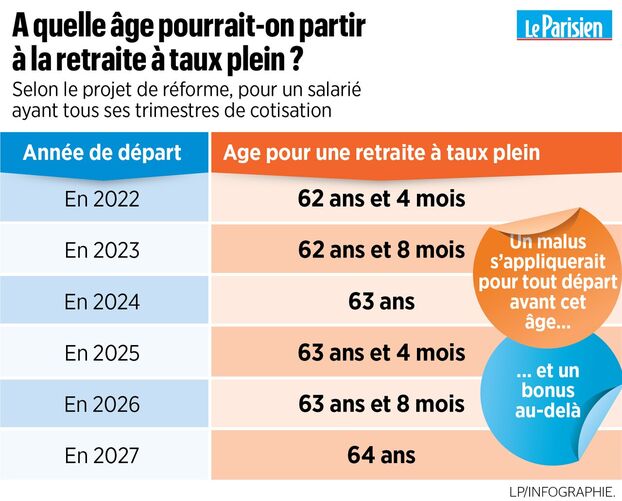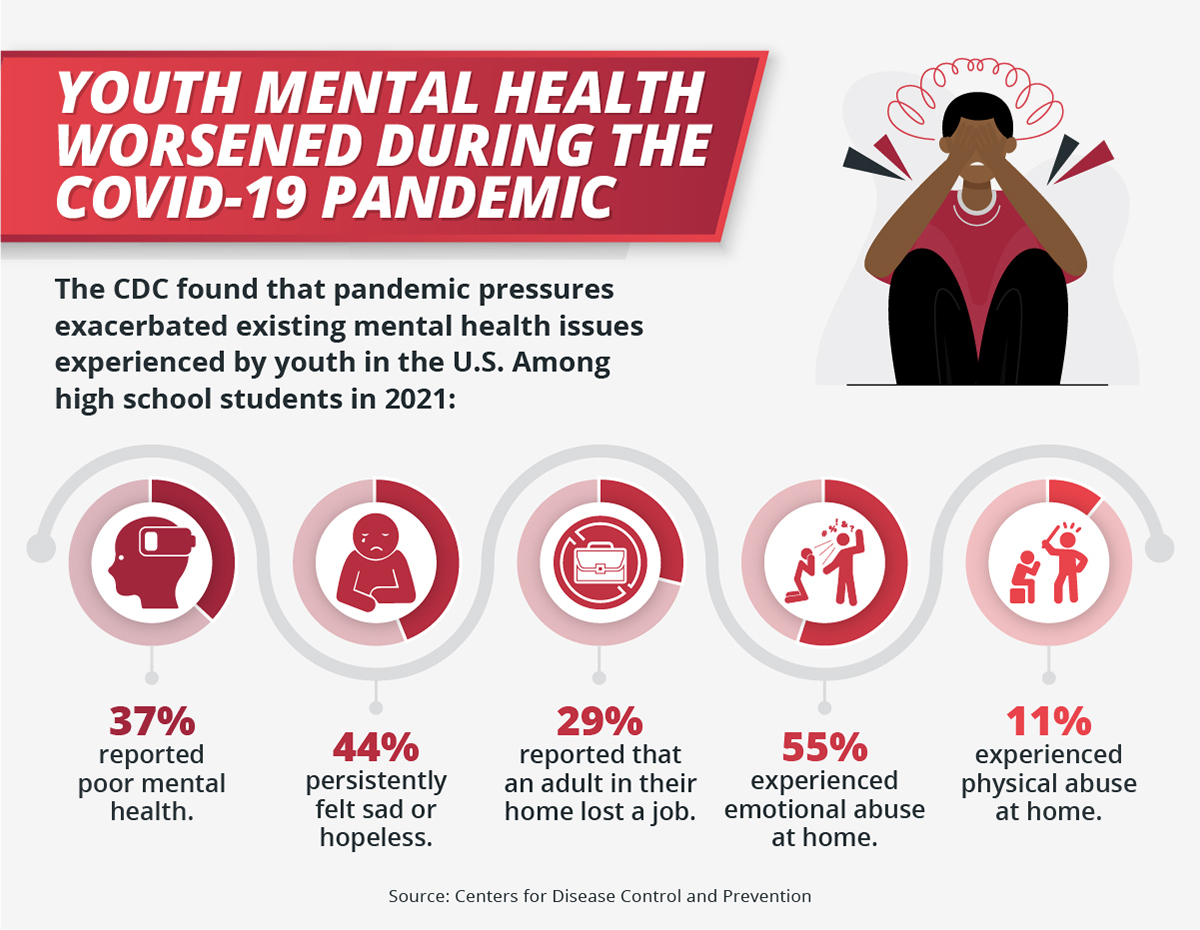Impact Of Justice Department's Decision To End School Desegregation Order

Table of Contents
Immediate Impacts on Affected School Districts
The immediate impact of the Justice Department's decision is felt most acutely in school districts currently operating under desegregation orders. These orders, often involving court-mandated busing and other affirmative action programs, aimed to redress historical patterns of racial segregation. The lifting of these orders creates several significant challenges:
-
Increased Racial Segregation in Schools: The most direct consequence is the potential for a resurgence of racially isolated schools. Without federal oversight, many districts may revert to patterns of segregation, mirroring the historical inequalities Brown v. Board of Education sought to eradicate. This will likely disproportionately affect minority students.
-
Potential for Re-segregation Lawsuits: The decision opens the door for renewed legal challenges from civil rights groups and individuals who argue the dismantling of desegregation orders violates the constitutional rights of students to equal educational opportunities. We can anticipate a wave of litigation in the coming years.
-
Changes to Busing Programs: Many desegregation plans rely on busing to achieve racial balance. The end of federal oversight could lead to the dismantling of these busing programs, further exacerbating segregation.
-
Impact on School Funding and Resources: Desegregation orders often come with federal funding tied to their implementation. The termination of these orders could impact funding levels for affected school districts, potentially widening the resource gap between majority-white and minority-serving schools.
-
Loss of Federal Oversight and Monitoring: The most significant change is the absence of federal monitoring and enforcement. This absence risks a decline in accountability and increases the likelihood of backsliding on desegregation efforts.
Long-Term Consequences for Students and Communities
The long-term consequences of this decision extend far beyond immediate school-level changes. The effects on students, communities, and society as a whole could be profound and lasting:
-
Impact on Academic Achievement Disparities: Racial segregation in schools is strongly correlated with academic achievement gaps. Increased segregation will likely widen these disparities, perpetuating cycles of inequality.
-
Increased Racial Tensions and Social Divisions: The dismantling of desegregation efforts can exacerbate existing racial tensions and create further social divisions within communities. This could manifest in increased conflict and decreased social cohesion.
-
Effects on Housing Patterns and Residential Segregation: School segregation is intrinsically linked to residential segregation. The reversal of desegregation efforts could reinforce existing housing patterns, further isolating minority communities.
-
Long-Term Economic Consequences: Educational disparities translate to economic disparities. The widening achievement gap resulting from increased school segregation will likely contribute to long-term economic inequality.
-
Implications for Interracial Understanding and Social Cohesion: Integrated schools play a vital role in fostering interracial understanding and social cohesion. The erosion of these integrated environments may undermine these crucial social benefits.
Legal Challenges and Future Litigation
The Justice Department's decision is certain to face significant legal challenges. The legal ramifications are complex and far-reaching:
-
Potential Legal Challenges to the Decision: Civil rights organizations and affected school districts will likely file lawsuits arguing the decision violates the Constitution and existing desegregation orders.
-
Arguments for and Against the Justice Department's Decision: The arguments will center on the balance between states' rights and the federal government's role in ensuring equal educational opportunities.
-
The Role of Civil Rights Organizations in Future Litigation: Organizations like the NAACP Legal Defense and Educational Fund will play a crucial role in challenging the decision through the courts.
-
The Potential for New Legislation to Address School Segregation: The decision may spur legislative efforts at the state and federal levels to address the issue of school segregation and ensure educational equity.
-
The Supreme Court's Potential Role in Future Cases: The Supreme Court may ultimately be called upon to weigh in on the legality and constitutionality of the Justice Department's decision.
Political and Social Ramifications
The decision has already sparked significant political and social upheaval:
-
Public Opinion Polls and Surveys Regarding the Decision: Public opinion is likely to be sharply divided along racial and political lines. Polls will be crucial in gauging public sentiment.
-
Political Responses from Various Parties and Interest Groups: The decision will undoubtedly be a key issue in political discourse, with different parties and interest groups taking opposing stances.
-
Media Coverage and Public Discourse Surrounding the Decision: The media's role in shaping public opinion will be significant. The ensuing public debate will be intense and potentially divisive.
-
Impact on the Upcoming Elections: The decision could significantly impact upcoming elections, particularly in states with significant school desegregation issues.
-
The Role of Social Media in Shaping Public Opinion: Social media platforms will play a crucial role in disseminating information and shaping public perception of the decision.
Conclusion: Understanding the Lasting Impact of Ending School Desegregation Orders
The Justice Department's decision to end school desegregation orders carries profound and potentially devastating consequences. The immediate impacts include increased racial segregation, potential lawsuits, and the loss of federal oversight. The long-term effects are even more concerning, potentially exacerbating academic achievement gaps, increasing social divisions, and undermining interracial understanding. Understanding the full impact of Justice Department's decision to end school desegregation orders is crucial for preserving educational equity and promoting social justice. We must stay informed about further developments and potential legal challenges, and actively engage in constructive dialogue around these critical issues to ensure a future where all students have equal access to a quality education. For further information and resources, visit [link to relevant organization 1] and [link to relevant organization 2].

Featured Posts
-
 Reform Uk In Danger Five Critical Threats To Its Future
May 03, 2025
Reform Uk In Danger Five Critical Threats To Its Future
May 03, 2025 -
 Learning From The World Improving Youth Mental Health Services In Canada
May 03, 2025
Learning From The World Improving Youth Mental Health Services In Canada
May 03, 2025 -
 Dual Sense Ps 5 Controller Colors Your 2025 Purchase Guide
May 03, 2025
Dual Sense Ps 5 Controller Colors Your 2025 Purchase Guide
May 03, 2025 -
 Impact De La Reforme De La Loi Sur Les Partis Politiques Algeriens Le Point De Vue Du Pt Ffs Rcd Et Jil Jadid
May 03, 2025
Impact De La Reforme De La Loi Sur Les Partis Politiques Algeriens Le Point De Vue Du Pt Ffs Rcd Et Jil Jadid
May 03, 2025 -
 The High Cost Of Neglect Investing In Childhood To Prevent Mental Health Issues
May 03, 2025
The High Cost Of Neglect Investing In Childhood To Prevent Mental Health Issues
May 03, 2025
